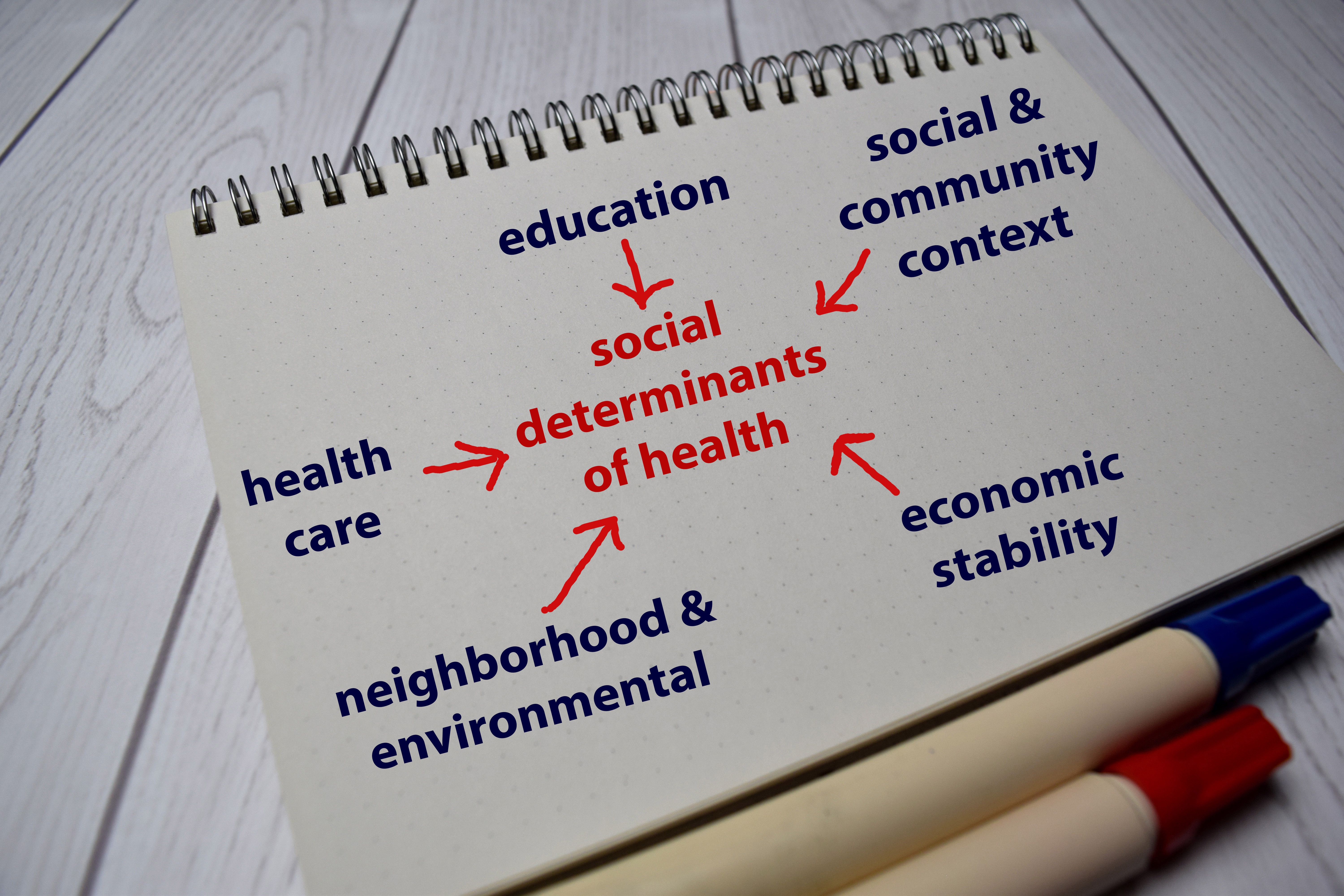News
Article
SCD Birth Rate Higher in Socially Vulnerable Areas, Study Finds
Author(s):
A cross-sectional analysis assessed the birth prevalence of sickle cell disease (SCD) alongside data on social vulnerability to highlight the needs of communities impacted by SCD.
The birth prevalence of sickle cell disease (SCD) is higher in areas with high levels of social vulnerability in relation to race and ethnicity status, housing, transportation, and more, according to a study recently published in the Centers for Disease Control and Prevention’s (CDC) Morbidity and Mortality Weekly Report.1
SCD, a blood disorder that occurs due to an inherited mutation in the hemoglobin subunit beta (HBB) gene, has remained a nationwide priority in public health efforts due to its associations with premature mortality rates, health inequity, disability, and financial burden. Furthermore, those affected by SCD can experience a plethora of severe morbidities such as organ damage, stroke, and vaso-occlusive pain episodes.
Social Determinants of Health Model | image credit: syahrir - stock.adobe.com

This condition has historically and disproportionally impacted Black patients, as demonstrated by a 2023 study that found out of 74,817 SCD-related hospitalizations, over 93% (n = 69,889) were Black patients. In this assessment, only approximately 2% (n = 1325) of the hospitalized were White patients.2 The investigation further revealed that Black patients, compared with their White counterparts, had a significantly higher likelihood of having SCD (OR: 3.32; 95% CI, 2.66-4.14; P < .05) and needing a blood transfusion (OR: 1.66; 95% CI, 1.37-2.02; P < .05).
The present authors noted that social determinants of health (SDOH) are also a huge factor that contributes to outcomes and one’s susceptibility to SCD.1 The intersection between SDOH and race further widens the health disparities observed in conditions like SCD. Evidence in this area can be found in national analyses, including one that examined the relationship between premature death and SDOH in the US between 1999-2018. Investigators found that—generally speaking—Black adults have a significantly higher rate of premature mortality compared with Hispanic and White adults (P < .0001),3 and these rates only increase with the addition of unfavorable SDOH such as unemployment, low income, food insecurity, lacking education, lacking insurance, and others.
The interaction between factors such as race and SDOH demonstrates the multifactorial nature of disease-related outcomes and data, especially in the realm of SCD.
Insufficient data on SCD birth prevalence led investigators to analyze and collect data on newborns with SCD between 2016 and 2020 with regard to geographic location, socioeconomic status, and SCD type to shed light on pressing needs in SCD that could inform the implementation of supportive public health initiatives.1
State-level demographic and socioeconomic data were gathered from 11 CDC-funded Sickle Cell Data Collection states (Alabama, California, Colorado, Georgia, Indiana, Michigan, Minnesota, North Carolina, Tennessee, Virginia, and Wisconsin) on newborns with a confirmed SCD diagnosis. Based on the mothers’ county of residence, the County Social Vulnerability Index (SVI, where higher scores indicate more severe vulnerability) was used to quantify various social factors.
In total, 3305 newborns with SCD were identified across the sample states. Of these newborns, 90% were Black and 4% were Latino or Hispanic. As for SCD type, homozygous hemoglobin S or sickle β-null thalassemia was seen in 57% of infants (n = 1882), hemoglobin SCD in 28% (n = 925), and either sickle β-plus thalassemia or another SCD type in 10% (n = 330). Overall, the crude birth prevalence of SCD across this sample was 1 in every 2070 live births.
The analysis revealed that 67% of newborns with SCD and their mothers resided in counties with either high (SVI: > 0.5 to 0.75) or very high (SVI: > 0.75 to 1) social vulnerability, with the highest prevalence coinciding with SDOH related to household characteristics (56%), transportation (64%), and, predominantly, racial and ethic minority status (89%).
The authors noted several limitations of the study, including that state newborn screening data are subject to a 3-year time lag. Missing data also hindered the investigators' ability to further disaggregate race and ethnicity categories. SVI was also examined at the county rather than the U.S. Census Bureau tract level, potentially missing SVI variations within counties. SVI metrics were also at the county level, not the the person level, which limits comprehensive assessment of the services needed by individuals with SCD.
“The finding that most mothers lived in counties with high or very high SVI highlights the insights that county-level data can provide to public health policymakers when considering the support that community-based programs can deliver to meet the complex health needs of newborns with SCD and their caregivers,” the authors wrote. They emphasized the value of their data to inform Medicaid programs’ collaboration with state agencies to implement efforts to address social vulnerabilities and improve resources afforded to SCD-affected populations.
References
1. Kayle M, Blewer AL, Pan W, et al. Birth prevalence of sickle cell disease and county-level social vulnerability - sickle cell data collection program, 11 States, 2016-2020. MMWR Morb Mortal Wkly Rep. 2024;73(12):248-254. doi:10.15585/mmwr.mm7312a1
2. Pokhrel A, Olayemi A, Ogbonda S, Nair K, Wang JC. Racial and ethnic differences in sickle cell disease within the United States: From demographics to outcomes. Eur J Haematol. 2023;110(5):554-563. doi:10.1111/ejh.13936
3. Bundy JD, Mills KT, He H, et al. Social determinants of health and premature death among adults in the USA from 1999 to 2018: a national cohort study. Lancet Public Health. 2023;8(6):e422-e431. doi:10.1016/S2468-2667(23)00081-6
Newsletter
Stay ahead of policy, cost, and value—subscribe to AJMC for expert insights at the intersection of clinical care and health economics.
2 Commerce Drive
Suite 100
Cranbury, NJ 08512
© 2025 MJH Life Sciences® and AJMC®.
All rights reserved.





